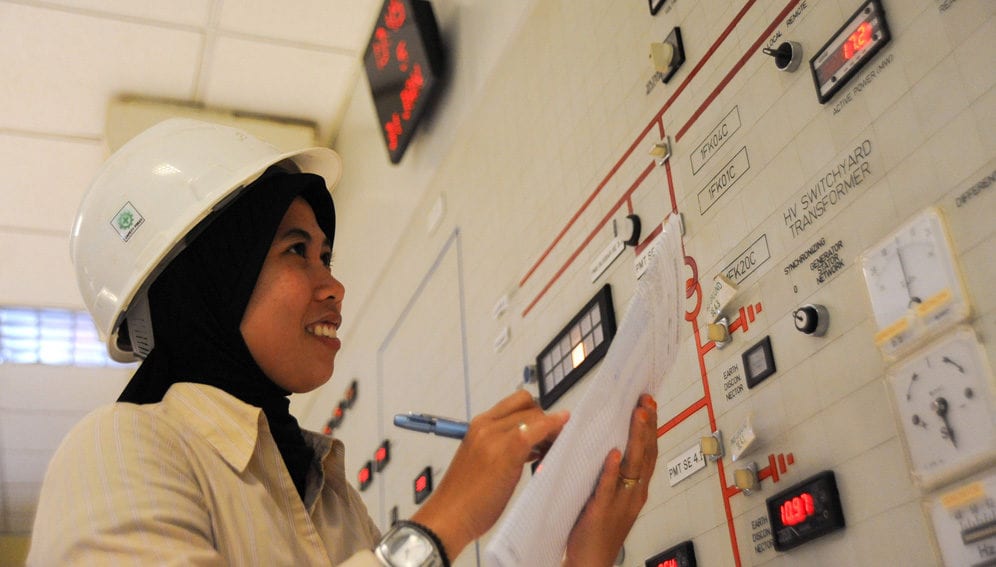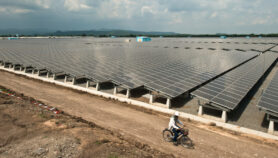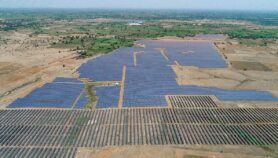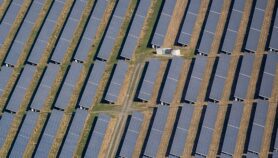12/11/18
Renewables edging out coal in South-East Asia

By: Fatima Arkin
Send to a friend
The details you provide on this page will not be used to send unsolicited email, and will not be sold to a 3rd party. See privacy policy.
[MANILA] Within a decade, Indonesia, the Philippines and Vietnam will find it cheaper to create new solar cell capacity than keep existing coal-fired power plants running to generate electricity, says a new report.
Power generation from renewable sources is crucial to meeting the key goal of the 2015 Paris Agreement to maintain global average temperature rise well below 2 degrees Celsius by reducing carbon emissions, mostly from burning coal and other fossil fuels.
Released last month (29 October) by Carbon Tracker, an independent London-based think tank, the report also predicts that by 2029, running Vietnam’s existing coal-fired power plants would be costlier than building onshore wind power capacity.
“Renewable indeed is a new challenge, but it could also be an opportunity for them to develop new generating capacity”
Agus Sari, Landscape Indonesia
Matthew Gray, author of the report and head of power and utilities at Carbon Tracker, tells SciDev.Net that he focused on the three South-East Asian countries to produce a “scenario analysis based on the Paris Agreement”.
If these three signatories to the agreement are to help limit temperature increase, they will need to phase out coal. However, according to the report, this means that coal power plant operators in these countries collectively risk losing up to US$60 billion in “stranded value”, a concept introduced by Carbon Tracker.
Stranded assets revolve around the idea that fossil fuel supply and generation resources, at some point before the end of their economic life, are no longer able to earn (e.g. lower demand scenario) as a result of changes associated with the transition to a low-carbon economy.
An average coal unit in the three countries will be retired in just 15 years, instead of the 40 years it is estimated to last. Indonesia alone has stranded assets worth US$35 billion that are at risk, the report says.
“For PLN, renewable indeed is a new challenge, but it could also be an opportunity for them to develop new generating capacity,” Sari tells SciDev.Net.
Between 2010 and 2017, despite the risk, coal generation increased by 72 per cent in Vietnam, 53 per cent in Indonesia and over 50 per cent in the Philippines, according to the report.
Gray says that the power sector needs to understand the changes and their impact on state finances and suggests that NGOs can play a role. “They are best placed to educate the state and policymakers that a long-term commitment to coal will compromise fiscal health and lead to high energy bills for consumers.”
This piece was produced by SciDev.Net’s Asia & Pacific desk.













